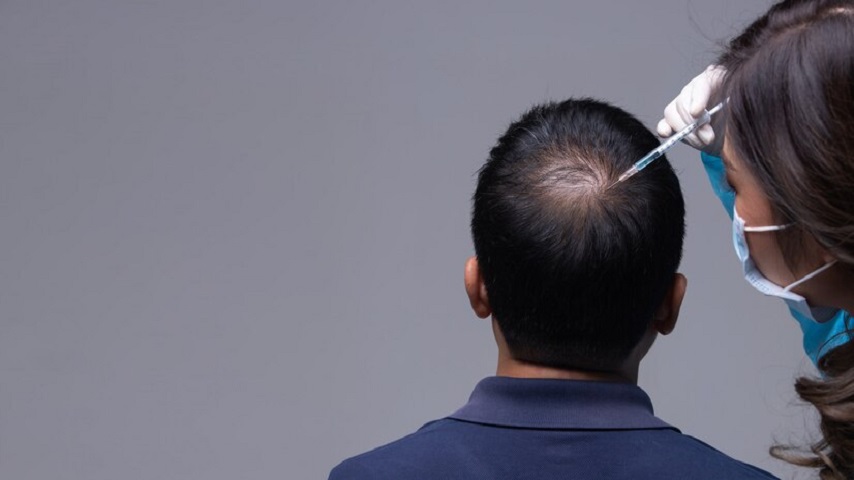If you’ve recently undergone a FUT (Follicular Unit Transplant) hair transplant, you’re likely eager to get back to your daily routine. Transitioning back to work after this procedure involves more than just physical recovery—it’s about navigating your return smoothly while ensuring your hair healing process is on track. Here’s a friendly guide on how to manage the return to work after your FUT hair transplant.
Understanding the FUT Hair Transplant
Before diving into the transition tips, let’s briefly cover what a FUT hair transplant is. FUT is a surgical process where a strip of scalp is removed from the back of your head, and the hair follicles from that strip are transplanted to areas experiencing hair loss. It’s a popular choice for many due to its effectiveness in providing natural-looking results. The process involves a recovery period where you’ll need to take some precautions to ensure the best outcome.
Post-Surgery Recovery Timeline
Immediate Post-Procedure: The first few days post-surgery are crucial. You might experience some swelling, redness, and minor discomfort. Your doctor will likely refer that you take it easy during this time.
First Week: The initial week is a time for rest. It’s important to avoid strenuous activities and keep your head elevated while sleeping. This is also the time when you’ll be instructed to avoid direct sunlight and refrain from any activities that could strain your scalp.
Second Week: By the second week, you may start feeling better and ready to ease back into normal activities. However, it’s still important to follow any specific instructions given by your surgeon.
After Three Weeks: Many people find they are ready to return to work around the third week. At this point, most of the visible signs of surgery should be subsiding, but you’ll need to be cautious about your scalp.
Preparing for Your Return to Work
Consult Your Surgeon
Before heading back to work, it’s a good idea to have a follow-up appointment with your surgeon. They can provide advice based on your individual healing process. Some patients might be ready to return sooner, while others might need a bit more time.
Plan Your Return
Consider a gradual return to work. If possible, start with shorter hours or work from home to ease into your routine. This can help you gauge how well you’re coping with the transition while managing any residual discomfort.
Communicate with Your Employer
Honest communication with your employer is key. If you’re comfortable, let them know you’ve had a medical procedure and may need some accommodations during your initial return. Many employers are understanding and can offer flexibility during your recovery period.
Tips for Managing Your Transition
Dress Comfortably
Choose comfortable clothing that doesn’t irritate your scalp. Opt for loose-fitting hats if you’re concerned about sun exposure or any accidental bumps to the head. Avoid wearing anything too tight or that could rub against the transplanted area.
Be Cautious with Physical Activity
If your job based on physical activity or heavy lifting, it’s essential to take it easy. Inform your supervisor about any temporary restrictions to prevent strain on your healing scalp. You might need to adjust your workload or delegate tasks as needed.
Stay Hydrated and Eat Well
A balanced between diet and proper hydration support overall healing. Those foods rich in vitamins and minerals that promote hair health, such as leafy greens, nuts, and lean proteins. Staying hydrated helps your body recover faster.
Follow Post-Operative Care Instructions
Adhere strictly to your post-operative care instructions. This includes applying any prescribed medications, using recommended hair care products, and following your surgeon’s guidelines for washing and caring for your hair.
Avoid Stress
Returning to work can be stressful, but try to keep stress levels in check. High stress can impact your recovery, so find ways to relax and manage anxiety, whether through exercise, meditation, or spending time with loved ones.
Real-Life Example
Take John, for example. John had a FUT hair transplant and planned his return to work strategically. He communicated openly with his employer about his situation and arranged to start back part-time. During his first week back, he kept his work activities light and avoided any strenuous tasks. John also followed all post-surgery care instructions diligently, including taking prescribed medications and avoiding direct sunlight.
John’s gradual return allowed him to manage his recovery effectively without compromising his work responsibilities. His careful planning and open communication ensured a smooth transition and helped him feel confident as he resumed his routine.
Conclusion
Transitioning back to work after a FUT hair transplant requires a balance of patience, preparation, and care. By following your surgeon’s advice, preparing for your return, and taking proactive steps to manage your recovery, you can make your return to work as smooth and stress-free as possible. Remember, everyone’s healing process is different, so listen to your body and adjust as needed. With the right approach, you’ll be back to your professional routine while ensuring your new hair follicles have the best chance to thrive.
